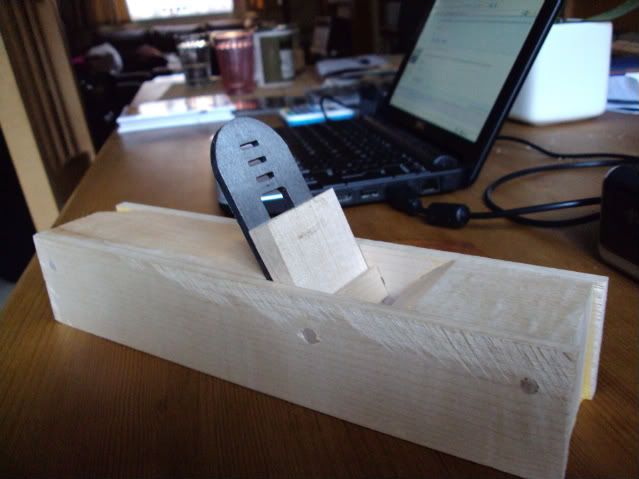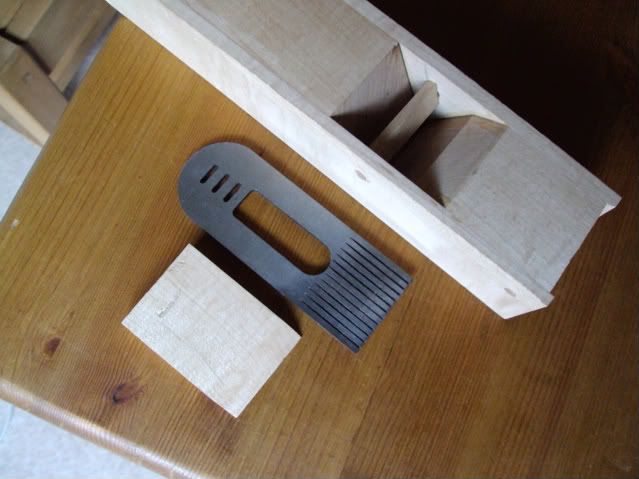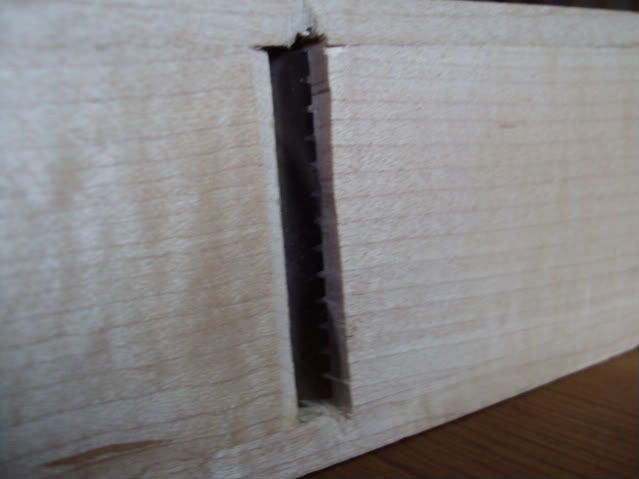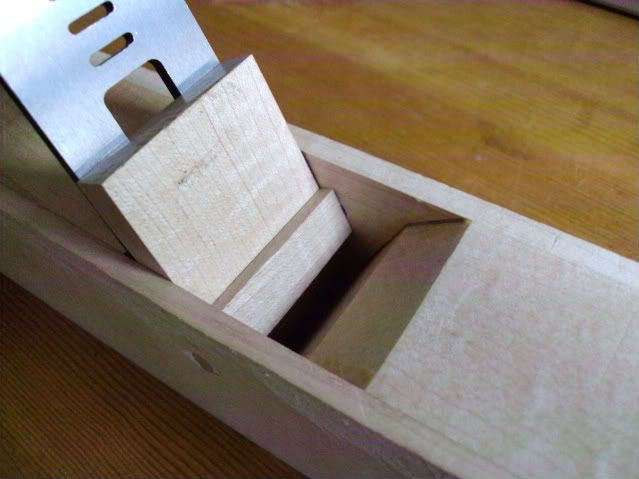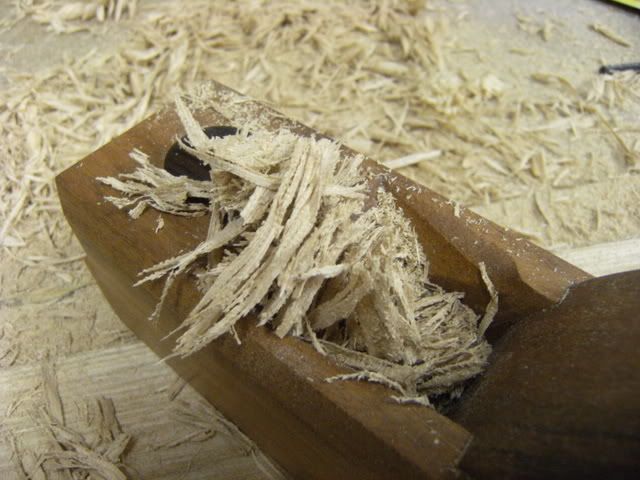swagman
Established Member
adrian":jhadt4ml said:Why would a higher angle make a difference? I can see an obvious downside to a higher angle: harder to push. So I'm curious before I do this why you think it would help?
Hi Adrian. By making the bevel angle higher there is a better chance the full depth of groove will penetrate the wood surface.The wood fibers should then remain in front of the cutting edge, and be forced into the mouth opening.
The change in effort to push through the planing stroke shouldn't be that great a problem. Just remember to lift the plane away from the work surface at the end of each stroke. That way your less likely to drag the wood fibers into the back of the blade.
If you still have reservations, limit the change to 5 degrees and evaluate the difference. Don't forget to open the mouth a bit more also.
regards swagman.





